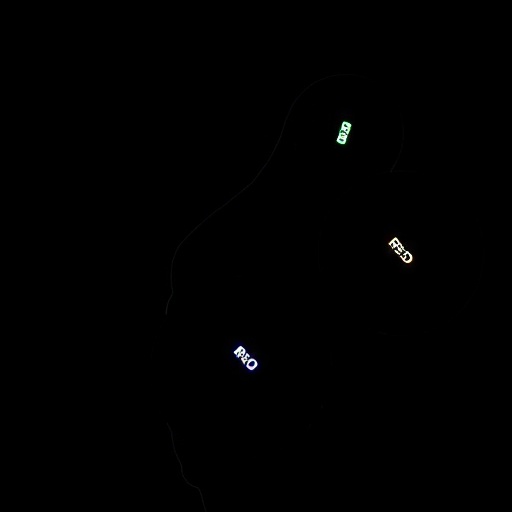A two-year grant totaling $455,000 from the National Institutes of Health to Michael V. Wiles, Ph.D., senior director of Technology Evaluation and Development at The Jackson Laboratory, will support research to improve the accuracy and efficiency of genome editing for research, drug testing and future therapeutic delivery.
The technology known as CRISPR-Cas9 has revolutionized scientists' ability to edit the genomes of plants and animals, including mice and humans, to study and manipulate the genome. However, the promise of consistent and reproducible therapeutic delivery of modifications to the genome faces technical obstacles, particularly when researchers attempt to insert relatively long segments of DNA into a genome.
Harnessing a precise natural process of DNA repair (known as homology directed repair or HDR) is vital for achieving a perfect, seamless replacement of a faulty gene within its native environment. CRISPR-Cas9 experiments in mice show that HDR doesn't always as efficiently as needed, and the current processes for screening mice for correctly edited DNA are time-consuming, laborious and expensive.
Wiles and his team are developing rigorous testing regimes to determine which processes and techniques lead to the highest accurate editing rates in the gene-editing process in mouse embryos.
"The broad goal of this work," Wiles says, "is to significantly improve the reliability and efficiency of targeted nuclease-mediated HDR by developing and validating a high-throughput, low-cost approach capable of testing multiple variables for targeting HDR directly in mouse zygotes, and making this information publicly available" to the research community.
###
The Jackson Laboratory is an independent, nonprofit biomedical research institution based in Bar Harbor, Maine, with a National Cancer Institute-designated Cancer Center, a facility in Sacramento, Calif., and a genomic medicine institute in Farmington, Conn. It employs 1,900 staff, and its mission is to discover precise genomic solutions for disease and empower the global biomedical community in the shared quest to improve human health.
Media Contact
Sarah Laskowski
[email protected]
860-837-2102
@jacksonlab
http://www.jax.org
############
Story Source: Materials provided by Scienmag




